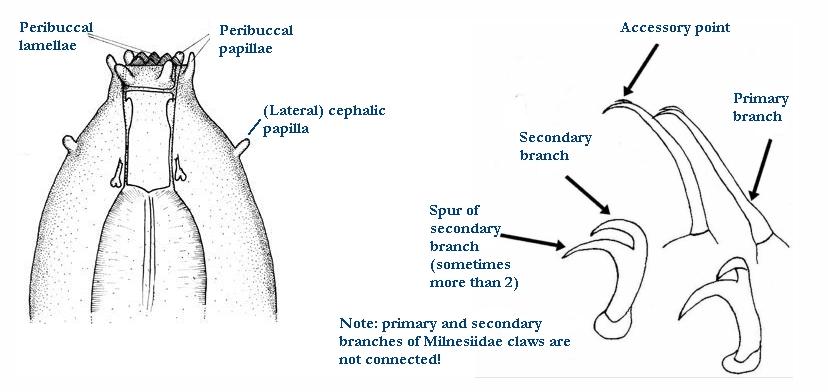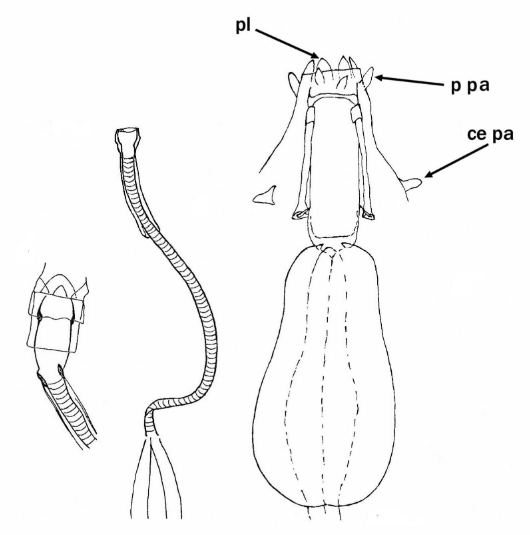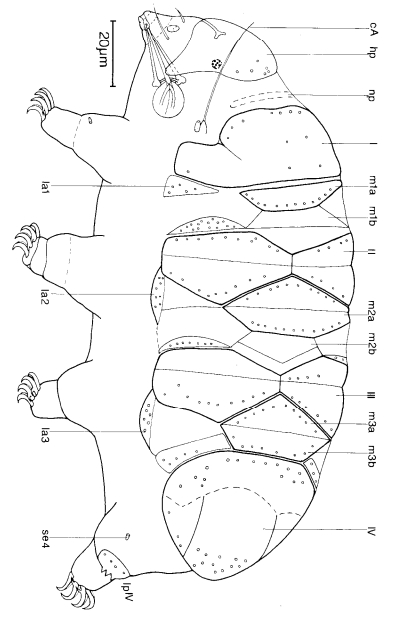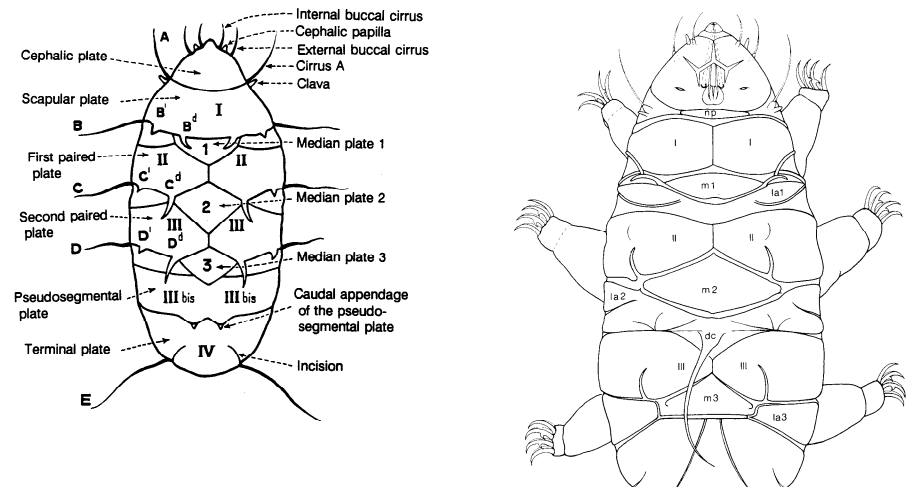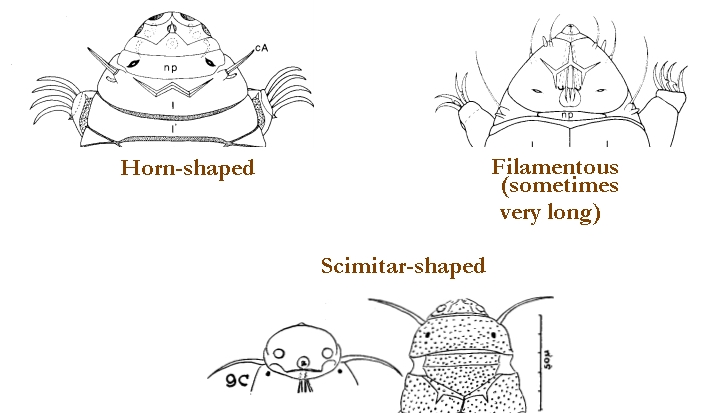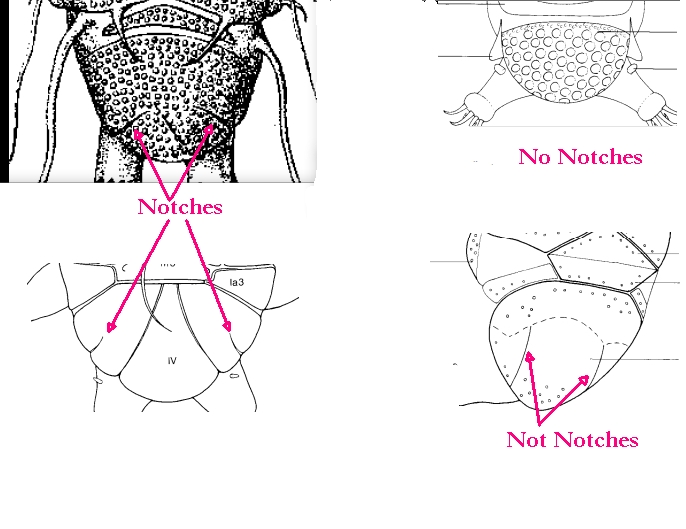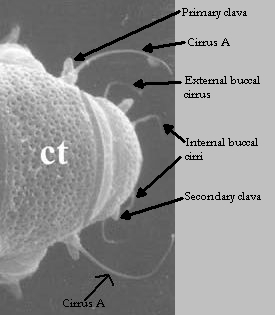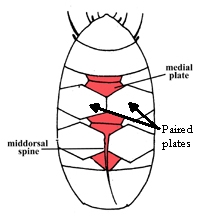Genus description from Binda & Pilato 1986: “Hypsibiidae con unghie di tipo oberhaeuseri; le due diplounghie di ciascuna zampa molto diverse fra loro; apparato bucco-faringeo costruito secondo il modello Hypsibius con tubo boccale rigido e apofisi per l’inserzione dei muscoli degli stiletti ‘ad uncino smussato’ e asimmetriche rispetto al piano frontale; è presente un organo sensoriale ellittico dorsolaterale sul capo; uova deposte libere e col guscio provvisto di sporgenze; lamelle periboccali assenti, le lunule possono essere presenti anche se molto piccole. Nelle specie finora note il bulbo faringeo contiene le apofisi faringee e soltanto 2 macroplacoidi; finora mai segnalati il microplacoide e il septulum.”
Translated: “Hypsibiidae with oberhaeuseri claws; the two double-claws of each leg very different from each other; bucco-pharyngeal apparatus constructed according to the Hypsibius model with a rigid buccal tube and apophyses for the insertion of the muscles of the stylets ‘blunted’ and asymmetric with respect to the frontal plane; there is a dorsolateral elliptic sensory organ on the head; eggs laid free and with the shell provided with protrusions; peribuccal lamellae absent, the lunulae may be present although very small. In the species known so far, the pharyngeal bulb contains the pharyngeal apophyses and only 2 macroplacoids; so far the microplacoid and the septulum were never reported.”
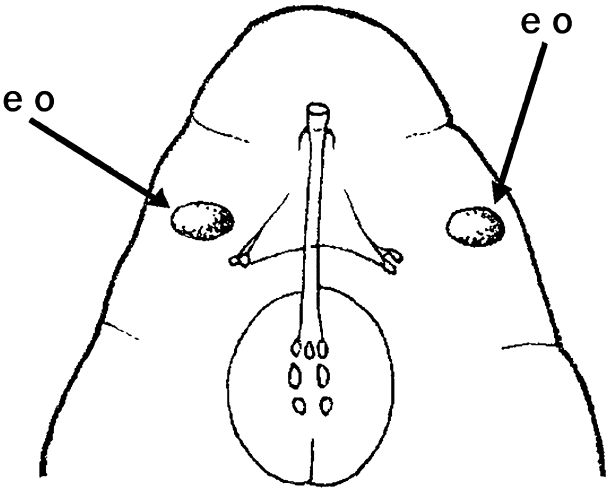
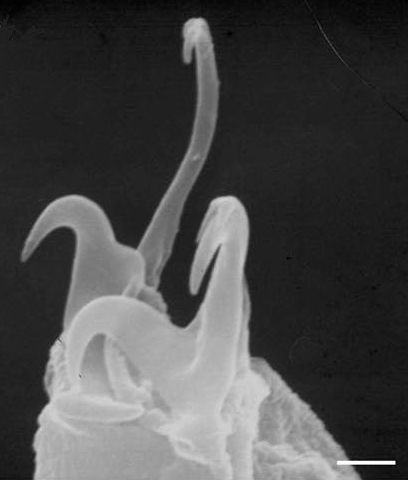
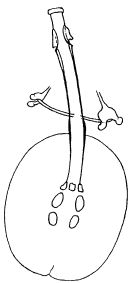

Citations:
Binda MG, Pilato G. 1986. Ramazzottius, nuovo genere di eutardigrado (Hypsibiidae). Animalia. 13: 159-166.





